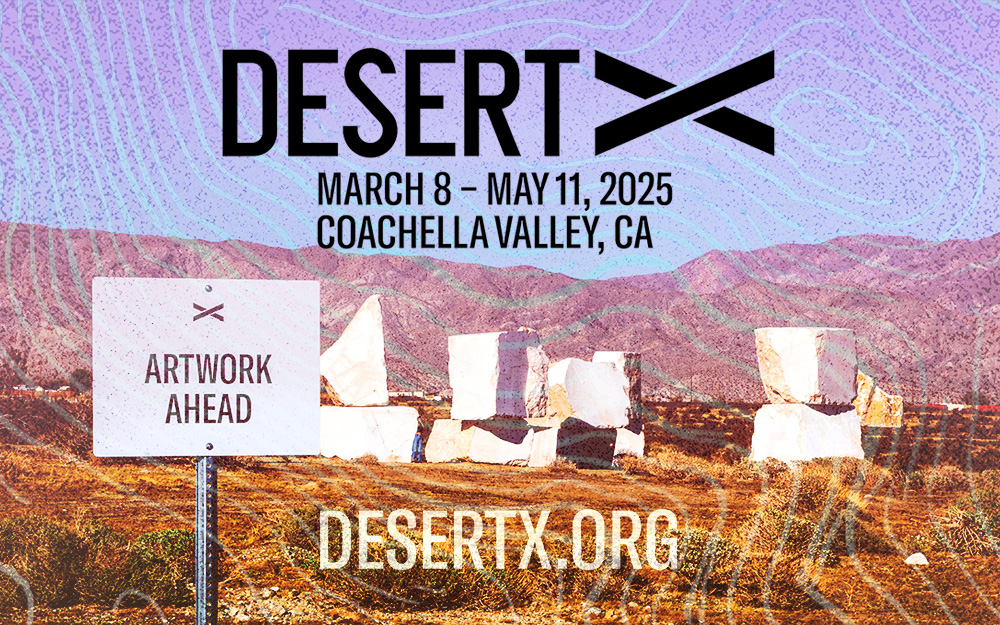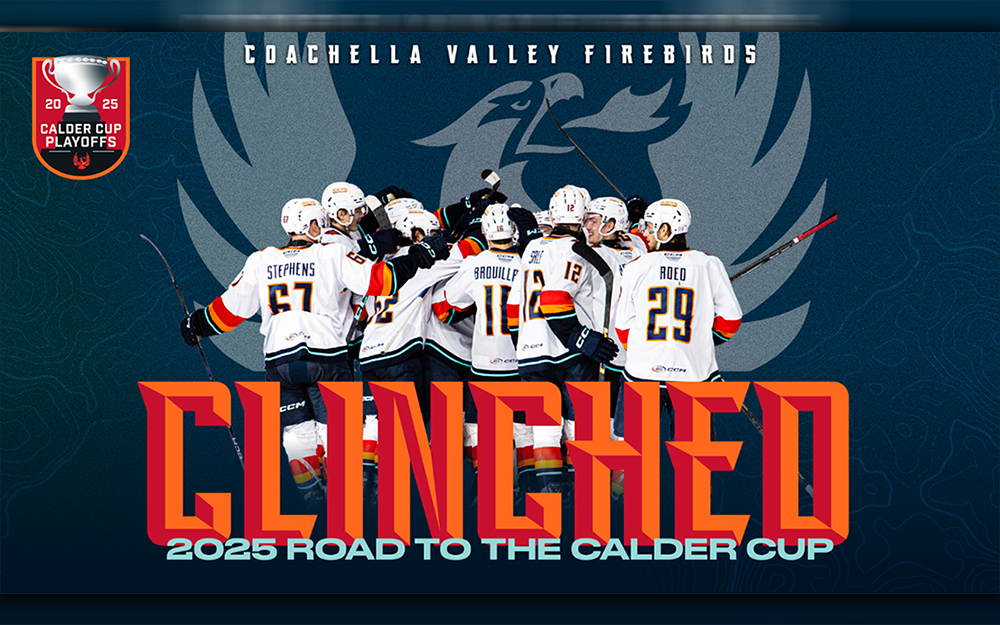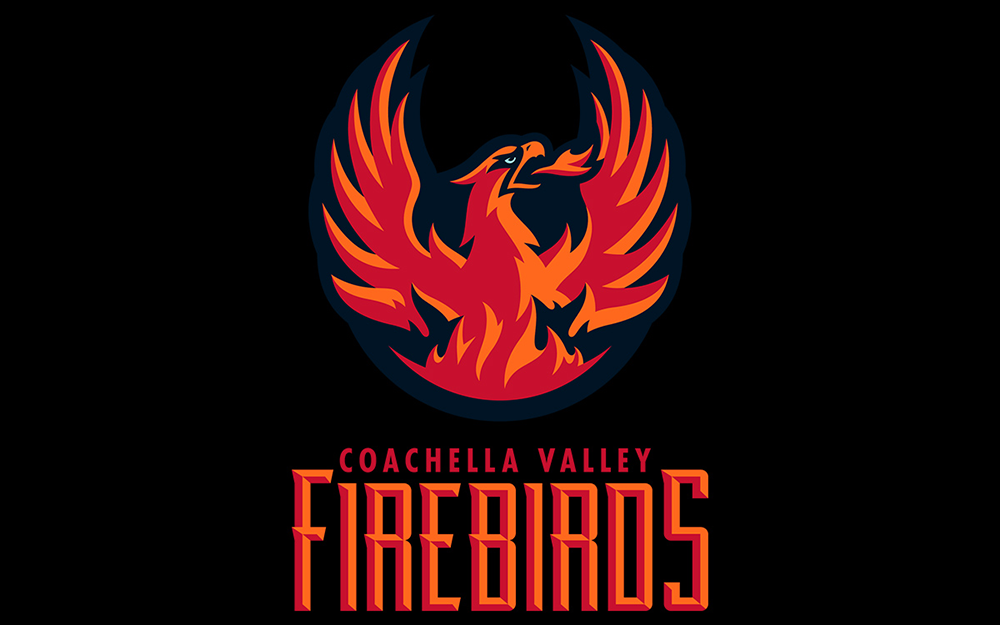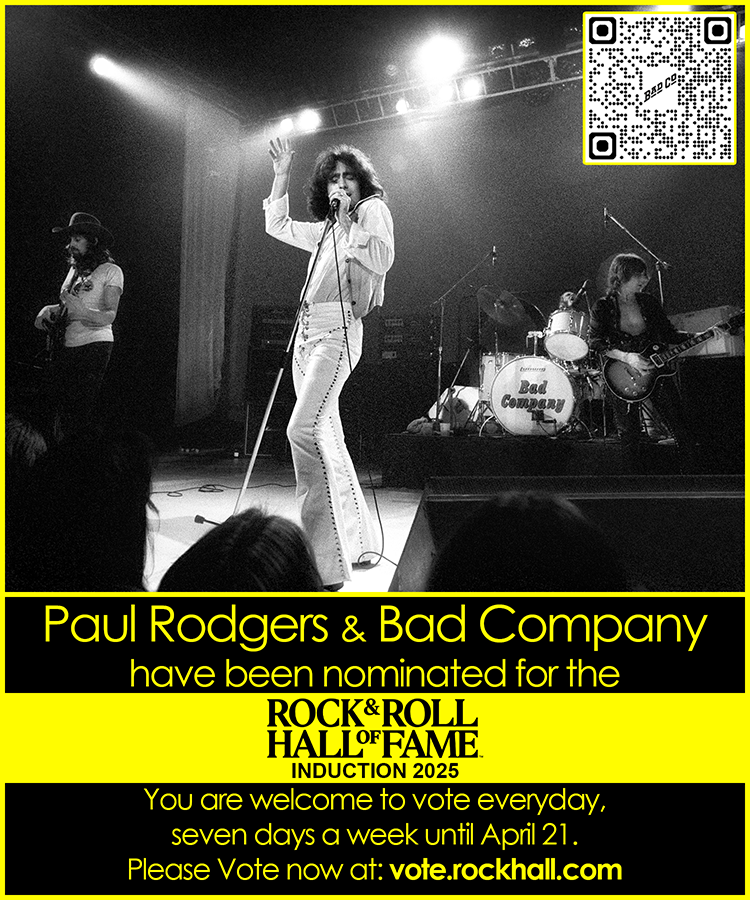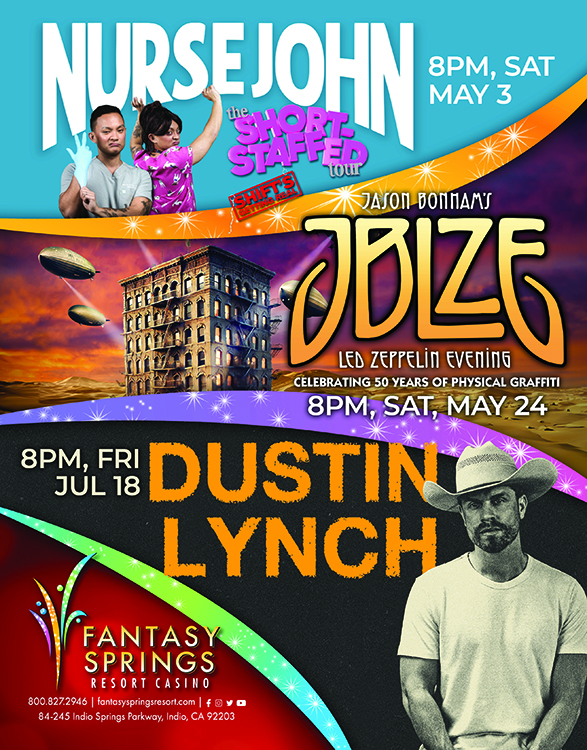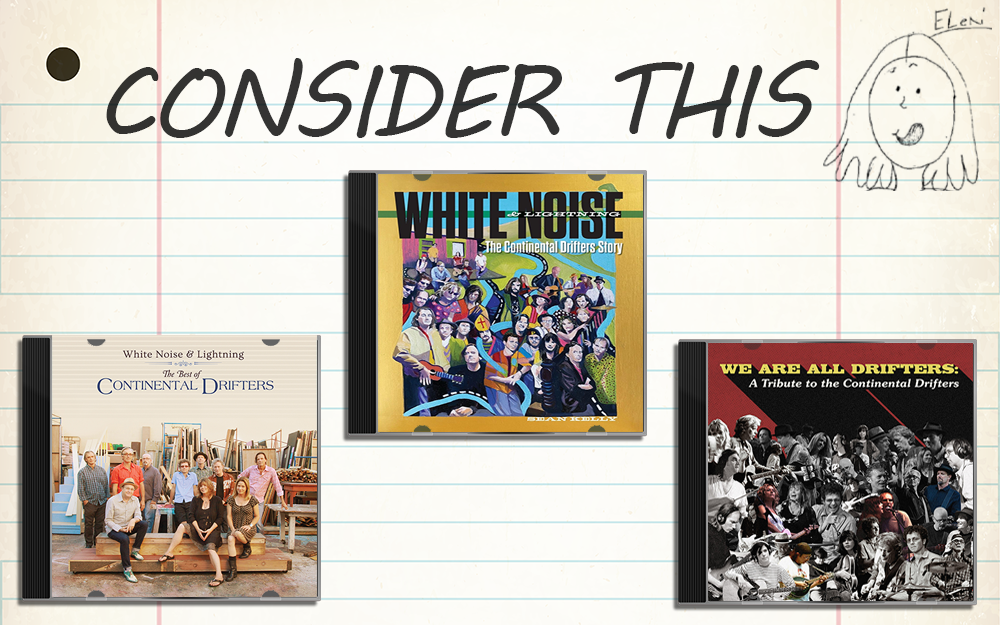
“White Noise & Lightning The Best Of CONTINENTAL DRIFTERS” (Omnivore Recordings)
”White Noise & Lightning The Continental Drifters Story” By Sean Kelly and “We Are All Drifters” A Tribute to the Continental Drifters” (Cool Dog Sound)
By Eleni P. Austin
If you were ever lucky enough to catch the Continental Drifters live, you knew you were witnessing lightning in a bottle. A super group of sorts, they effortlessly drifted from one musical genre to the next, sometimes within the same song. For roughly a decade, from L.A. to La., a rotating cast of 10 players matched nuanced narratives and irresistible arrangements to indelible melodies, but never managed to take flight commercially.
The nucleus of the band, which initially formed in Los Angeles in 1991, included recent New Orleans transplants Carlo Nuccio (drums, vocals) and Ray Ganuncheau (guitars, banjo, vocals), along with ex-Dream Syndicate bassist Mark Walton, Giant Sand/Steve Wynn compadre Gary Eaton (guitars, vocals) and former Liquor Giants/7 Deadly 5 member Danny McGough on keys. The five-piece began gigging regularly at Raji’s, a Hollywood dive bar/Punk club (which two decades before had been Greektown, the most celebrated Greek restaurant in Los Angeles, and owned by my mother, Irene Karubis Austin. But that’s another story for another time)
Musically, L.A. can be a small town, and word got out that something special was happening every Tuesday at Raji’s. Soon enough, Susan Cowsill (formally of The Cowsills) and Vicki Peterson (ex-guitarist/vocalist for The Bangles) were adding vocals and harmonies, then Peter Holsapple (former dB’s frontman and auxiliary member of R.E.M.), chimed in on vocals and keys. All of L.A. was buzzing about the band. Despite a couple of false starts, they didn’t officially release an album until their self-titled debut arrived in 1994.
Before that happened, Carlo and Ray opted to return to New Orleans. The band carried on a bit of a long-distance musical love affair, with some band members crisscrossing the country to play shows. When Danny left, Peter became a full-time member, as did Susan and Vicki. In fact, the three, along with Mark ended up relocating to The Big Easy, while Gary remained in L.A. When Ray left the band, guitarist Robert Mache (Sparks, Steve Wynn), stepped in and played on the debut. When Carlo departed, Russ Broussard stepped behind the drum kit. Their second long-player, Vermillion, was released in 1998, much like the first album, it was critically acclaimed and commercially ignored.
Despite the romantic partnerships of Susan and Peter, Gary and Vicki both grinding to a halt, the band soldiered on, effectively side-stepping any Fleetwood Mac-y post-relationship tsuris. Their third effort, Better Day came out in 2001, hot on it’s heels was Listen, Listen, an EP devoted to Fairport Convention and Richard Thompson covers. A tour had been scheduled for late that year, but post-9/11, most bands had to drastically upend their plans. The following year, Continental Drifters called it quits.
In the ensuing years, some Drifters charted unknown territories, a few jumpstarted solo careers. Eventually, in the case of Vicki, Susan, Mark and Peter, each reignited earlier bands like The Bangles, Cowsills, dB’s and The Dream Syndicate. There were occasional reunions, but sadly, in 2022, founding Drifter, Carlo Nuccio died from liver-related complications. Now, more than 30 years after the formation of the band, it feels as though they’re finally getting their due. Not only have the cool kids at Omnivore Recordings released a Best Of collection, “White Noise & Lightning,” that is also the title of Sean Kelly’s exhaustive biography of the band. If that wasn’t enough, Sean partnered with musician/producer (and L.A. music scene uber-mensch) David Jenkins to curate We Are All Drifters: A Tribute to the Continental Drifters.
The first two tracks on White Noise…kick the album into gear on a distaff note. “The Rain Song” places the spotlight on Susan Cowsill. Burnished guitars are matched by sparkling keys, tensile bass and a knockabout beat. Susan wraps her seductive rasp around a bitter kiss-off that displays a hint of vulnerability: “Well, I don’t think about us much anymore and frankly, the topic has become a bore, and you don’t come up much in my conversations, and I don’t think about you on vacation/But when it rains, when it rains, that’s when I remember, that’s when I remember, I remember you, I remember you.” Vicki’s synergistic harmonies add a bit of Girl Group ache just before bramble-thick guitars intertwine on the break.
As Susan’s wistful croon recedes, Vicki barrels through with the rollicking travelogue, “Christopher Columbus Transcontinental Highway.” Bruising guitars brush up against churchy keys, sinewy bass and a batter-ram beat. Tart lyrics evoke memories of former road trips that went horribly awry: “Driving by the detour that we took to watch the sunset at the scenic overlook, the light was lovely but to my surprise, the most violet colors were in your eyes, all the reds and yellows, black and blue, it’s what I remember from driving with you on the 10.” Rough-hewn and rowdy guitars twang and strut on the break, but Vicki gets the final say with a last verse that’s ripe with epiphanies: “Feeling unbound of heart and breast, got the visor down and I’m headed west, a little wiser now, I’m unimpressed, by the secret you and I confessed on the 10.”
Geography plays a big part of the Drifters’ story, both “Dallas” and “The Mississippi” crackle with authority. Gary Eaton takes the lead on the former, channeling antecedents like The Band, Joe Cocker’s Mad Dogs & Englishmen and The Staple Singers. His soulful tenor leaps tall buildings at a single bound, anchored by chunky power chords, rolling thunder bass lines, ecclesiastic keys and a brawny big beat. Lyrics paint a vivid portrait seeming to touch on JFK’s assassination: “Wichita Falls is trailers and dust, blowing tornados and hail as big as golf balls, dirt roads and dog towns and Blues on a Hammond organ/It was a cool November morning, Mahalia Jackson sang, not knowing enough to know any better, but all roads led to Dallas, I remember it in black and white, all roads led to Dallas” The arrangement gathers steam before the chorus, as all the Drifters lean in, adding a bit of Gospel heft. Guitars tangle up in blue on the break, unpacking a series of keening notes. The song builds to a soaring crescendo, before powering down at the close.
On the latter, swampy guitars wash over loose-limbed bass, rippling keys and a rattle-trap rhythm. Sidewinder vocals limn a homesick kind of ache: “I miss my family and I miss my friends” Stinging guitars leapfrog through the arrangement on the break. Meanwhile, the Drifters add a bit of spiritual call-and-response on the song’s outro.
At their core, this seemingly rag-tag pack of players were consummate musicians. They deftly tackled a plethora of styles without ever breaking a sweat. Take “Drifters,” part origin story, part mission statement, the winsome melody and rustic arrangement travels the same path as Gram’s Parsons’ Cosmic American sound. It opens with just Susan and a jangly guitar as she unspools a bit of history: “It’s been a long haul from L.A. to La., we’ve always done it our way, that’s just how we are, rolling off that mountain, headed out for glory, I guess you heard the story, Man, we felt so strong, I never thought we’d laugh this long.” As whirring keys, buoyant bass and a kick-drum beat fall in line, they launch into a campfire sing-a-long chorus that rivals “I’d Like To Teach The World To Sing (In Perfect Harmony),” for sheer inclusivity: “We are all Drifters, singers and sisters, brothers and lovers and mothers and confidantes, we were born alone, we’re alone when we’re gone, so while we’re here, we might as well sing along.” The break is buoyed by carnival keys and quicksilver keys. This lovely ode to camaraderie, should be the new national anthem. People should start singing it at ball games (seriously).
Then there’s Peter’s pithy and Punk-tastic “Don’t Do What I Did.” Sneering vocals and snarly guitar partner with a pile-driving beat, punchy percussion and prickly bass lines. Lyrics present a cautionary tale fraught with regret: “Don’t do what I have done, all the love I ever had, only ever wanted bad, bad enough to wind up dead, all the moves I might have made, all the best plans ever laid, only wound up shot instead.” The kinetic claustrophobia is leavened on the break by a scorching guitar solo and a wailing harmonica, before the whole thing suddenly collapses in on itself.
Conversely, there’s a courtly elegance to “Tomorrow’s Gonna Be.” Landing somewhere between Pepe Le Pew and Charles Bukowski, it’s more Continental than drifty. A graceful Chanson from Mark, it weds woozy accordion, Noirish guitar, slinky bass and wily keys to an insistent trap-kit beat. Mark’s husky croon adds a world-weary patina to sad sack lyrics like “Nobody’s home, drive downtown to this bar I know, drinking alone won’t get me where I want to go in a smoke filled room, there’s people playing pool, everything’s gonna be all right, I know it’s okay, tomorrow’s gonna be an even better day.”
In the meantime, Vicki gets to display her affinity for all things Garage Rock and Power Pop on “Na Na,” which blends strummy acoustic guitars, anthemic electric riffs, fluid bass lines, crushed velvet keys and a stop-start beat. Vicki is resolute as she stares down life’s challenges: “This is the story of my life, somebody’s little girl to someone else’s wife, what happened in between is the dying of a dream, and that’s the story of my life.” Susan pitches in on the taunting, insistent chorus and a corrosive guitar solo is unleashed on the break. She also shines on “Mixed Messages,” which shimmers seductively, even as lyrics lament an unfaithful beau: “You keep your thoughts to yourself to keep me guessin’ as we’re undressin,’ then you’re gone for days on end and here we go again, here we go again.”
Other interesting songs include the ramshackle delight of “Mezzanine,” the smart-ass confrontation of “Get Over It,” the Little Feat-flavored “Match Made In Heaven,” the shapeshifting sea shanty of “Invisible Boyfriend” and the tender benediction of “Peaceful Waking.” The record closes with a sprawling and shambolic live take of “Who We Are, Where We Live.” When Susan gleefully asks mid-way through, “Now are we loud as fuck? And Vicki responds “Now, we are officially as loud as fuck!” It feels like home.
While the White Noise… album serves as the perfect introduction to the Continental Drifters’ sound, anyone looking for a deeper dive is in luck. Sean Kelly’s riveting biography, also entitled White Noise & Lightning, is dense and detailed. A clear-eyed history, to paraphrase Sound Of Music, it starts at the very beginning, as it’s a very good place to start. From the dingy, beer-soaked nights at Raji’s to the raucous, beer-soaked times at the infamous Batch-Pad (a house several bandmates shared in the Valley). The convoluted origin of their name, as well as road trips, recording sessions and ultimately, the move to Louisiana. All of the band members offer vivid vignettes and wry snapshots that take the reader back to the early ‘90s.
Something of a companion to the book, is the tribute album, We Are All Drifters: A Tribute to the Continental Drifters. 25 songs span two discs, the collection is masterfully produced by David Jenkins. It features a who’s-who of L.A. musicians as well as singers, pickers and players from New Orleans, Nashville, Ohio, Michigan and points in between. Stand-out tracks include Don Dixon’s take on “The Mississippi,” Annette Zilinskas surprisingly Bluesy version of “Dallas,” and Marshall Crenshaw’s “Darlin Darlin.” Robbie Rist acquits himself perfectly on “Invisible Boyfriend,” Rob Laufer adds an extra layer of disdain and nostalgia to “The Rain Song.” Rosie Flores & The Talismen pull out all the stops on “Christopher Columbus Transcontinental Highway,” as does Vicki’s sister Debbi, fronting The Minus 5 on “Who We Are, Where We Are.” Then there’s Derrick Anderson’s one-man band on “No One Cares” and Steve Wynn’s verdigris version of “Green.”
Listening to this music all these years later, it’s hard to understand why the band didn’t rule the world. Maybe their curse was too much talent, too much versatility and a sound that couldn’t be easily categorized or pigeon-holed. These guys had no master plan, beyond challenging themselves, some clueless A&R guy even complained they were too old! But they persevered, despite fluid line-ups and eclectic set-lists, break-ups and divorce. Continental Drifters offered up an aural smorgasbord of colors, textures and flavors. This music is simply majestic.


















